There are eight UNESCO World Heritage Sites in Vietnam. One of the most fascinating and beautiful countries in all of South-East Asia, Vietnam is beloved for its incredible history, fantastic landscapes and excellent cuisine. So if you’d like to learn more about the UNESCO World Heritage Sites Vietnam, read on for our full guide.
And of course, don’t forget to check out World Heritage Journey on YouTube for the latest videos. You can also follow us on Facebook, where we post about interesting World Heritage Sites.
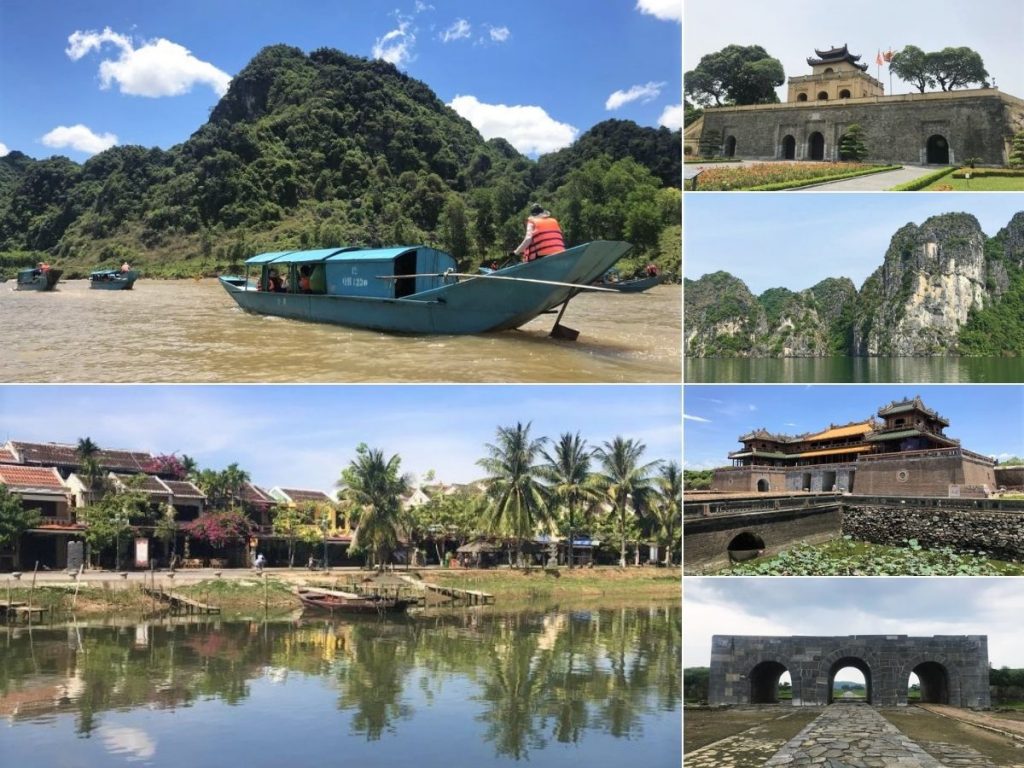
Imperial Citadel of Thang Long – World Heritage Sites in Vietnam
First of our UNESCO Heritage Sites in Vietnam is Thang Long Citadel, located in central Hanoi. It was built in the 11th century during the Ly Dynasty, but little from that era still remains. Interestingly, the imperial capital moved south in the 19th century to keep the emperor safe from Chinese invasions. But the Hanoi citadel itself remained an important part of the city.
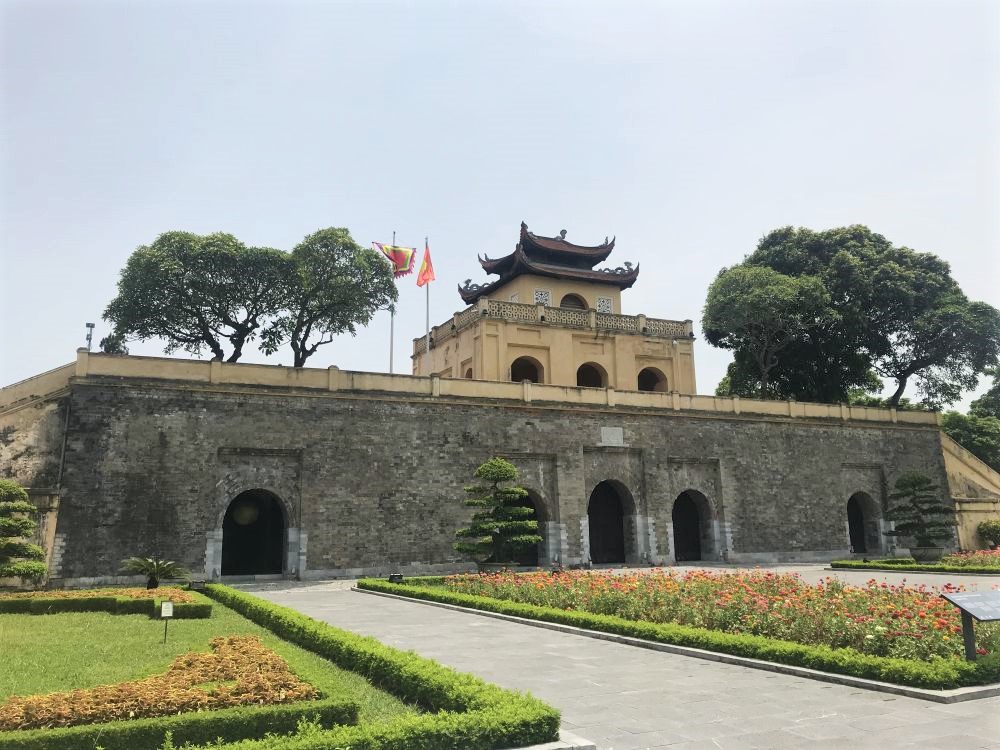
Even after the capital moved away, Thang Long Citadel remained the emperor’s primary northern residence, and was frequently used for official state functions. The immense 16th century South Gate is a great example of this. It’s the main entrance to the Imperial Citadel Hanoi, but only the emperor was permitted to use the centre gates. His entourage and ministers had to use the side entrances!
During the French occupation, most of the ancient citadel buildings were demolished and replaced with modern French structures. This included a fortress inspired by Sebastian Vauban, who was among the world’s leading fort designers. Vauban is also the subject of a separate World Heritage Site, the Fortifications of Vauban!
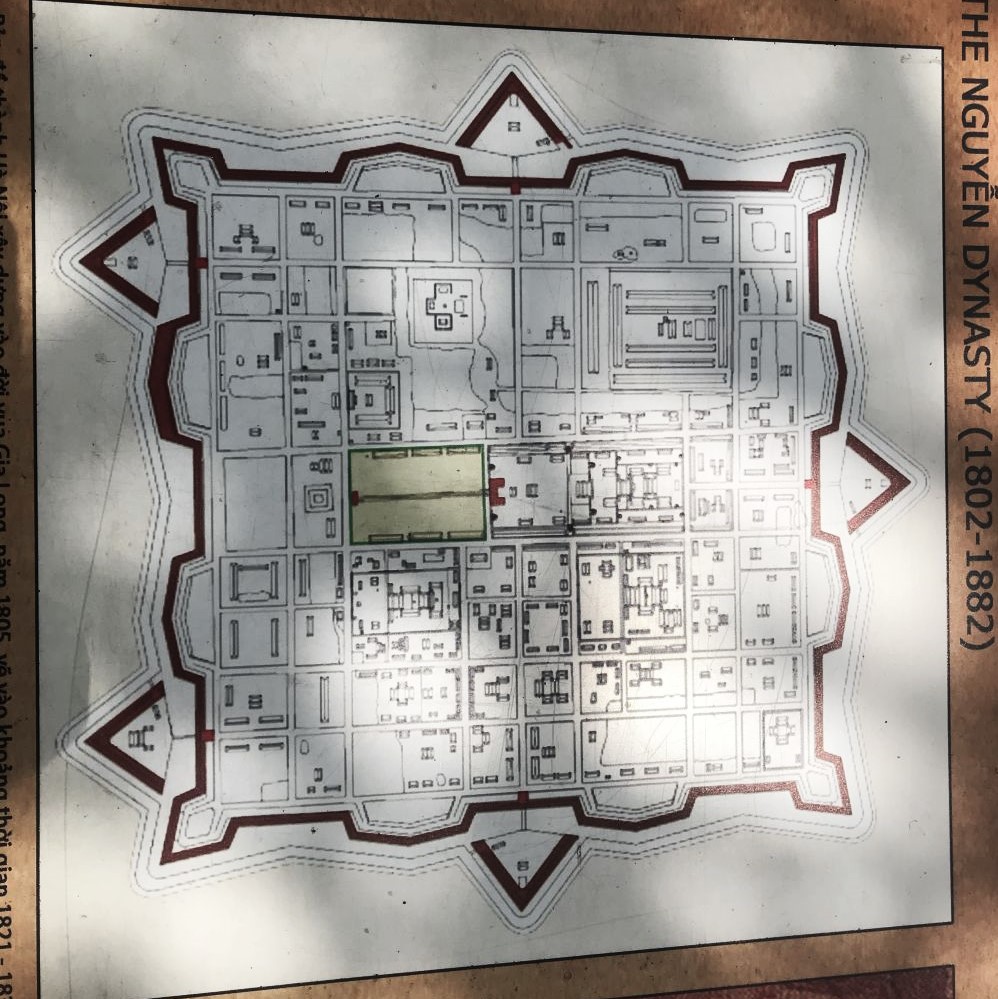
These French buildings are most of what we can see at the site today. But after the battle of Dien Bien Phu and Vietnamese independence in the 1950s, the Citadel took on another new life. It was home to the famous flag-raising ceremonies organised by Ho Chi Minh. During the War, it was both the North Vietnamese military command headquarters, and a major political base too, as the governing Politburo held meetings here in a reinforced bunker.
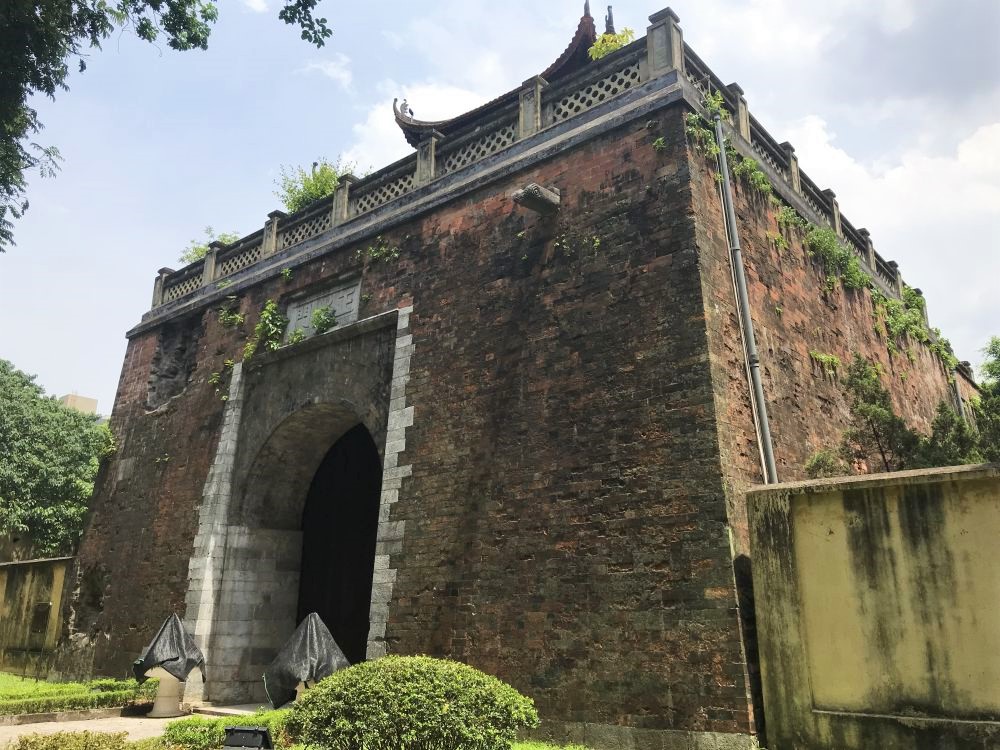
Across the road, there’s also an enormous archaeological dig uncovering earlier remains of the Citadel. In 2003, workers building the new Vietnamese National Assembly building uncovered evidence of the ancient citadel, and excavations have continued since then. There’s not really a whole lot to see here, but it’s definitely fascinating.
Ha Long Bay – UNESCO World Heritage Site
The next World Heritage Site in Vietnam is magnificent Ha Long Bay. It’s a karst landscape, where limestone monoliths stick directly up from the sea. The karsts are covered in dense jungle foilage, and are a spectacular sight! The Halong Bay World Heritage Site itself covers an enormous area of northern Vietnam: approximately 1500 square kilometres. And it contains an incredible 1,969 islets.
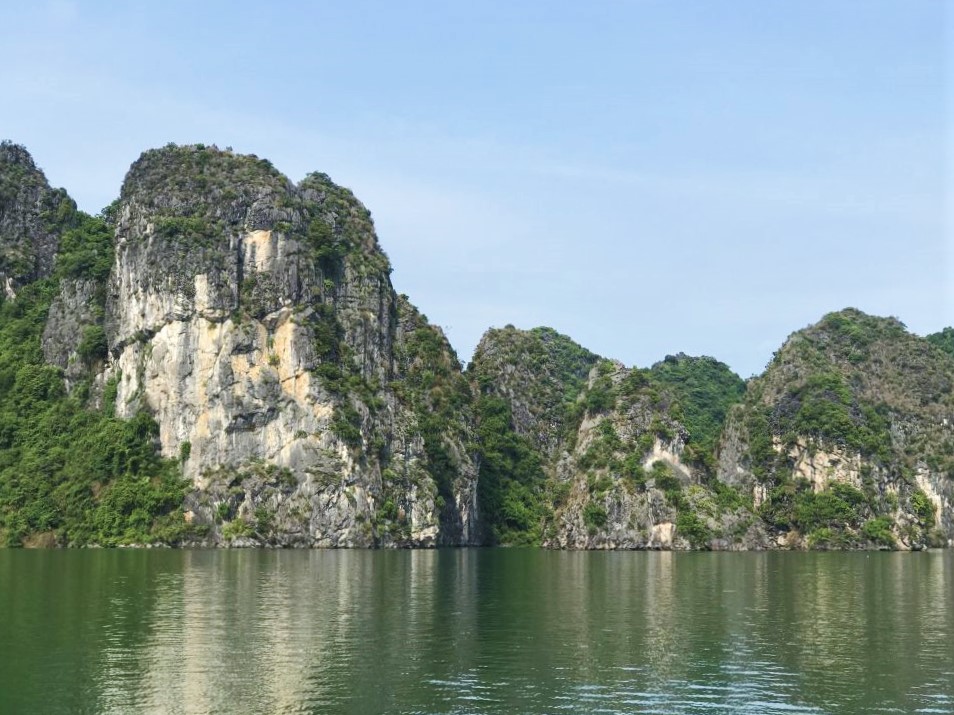
The name Ha Long means “Descending Dragon”. It’s from a folk tale where a dragon descended from the heavens to protect Vietnam from Chinese invaders. The dragon and her two children saved Vietnam by raising the islands of Ha Long Bay to smash the invading ships.
A less romantic (but more scientific!) explanation for the landscape is that it formed over hundreds of millions of years. Plate tectonics created mountains deep underwater, and eventually lifted them up into the shallow tropical sea.
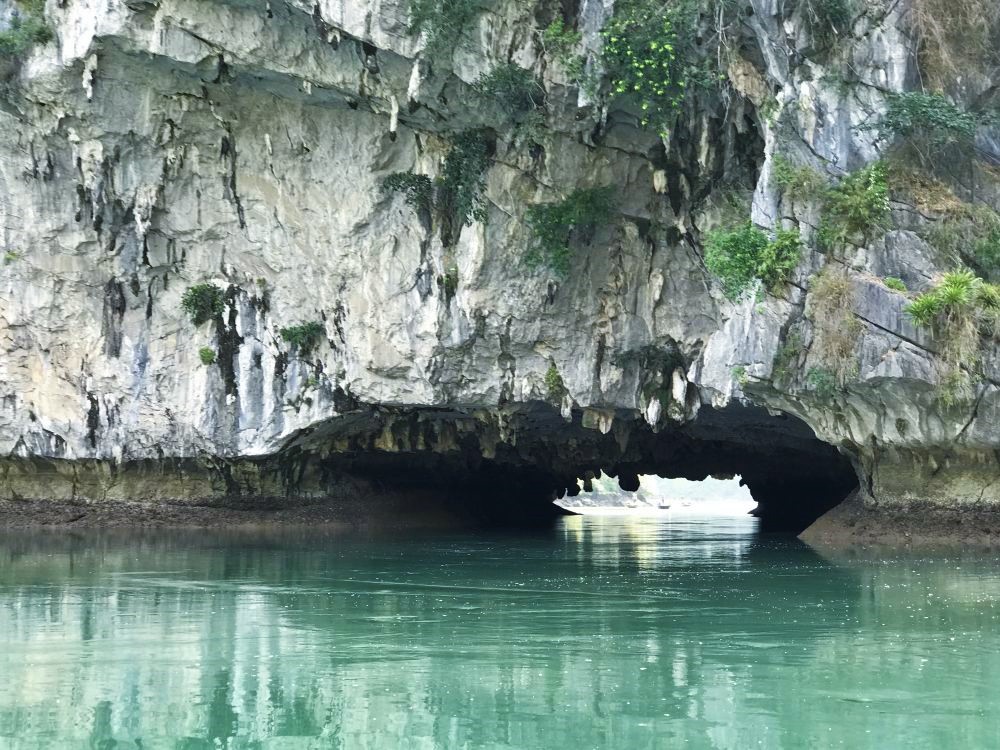
The rising and falling sea level erodes cracks into the limestone. These cracks eventually shear off or topple over, leaving precarious looking mountains behind. Here at the Halong Bay UNESCO site, the tallest karst mountains are several hundred metres high, and there’s big caves to explore as well.
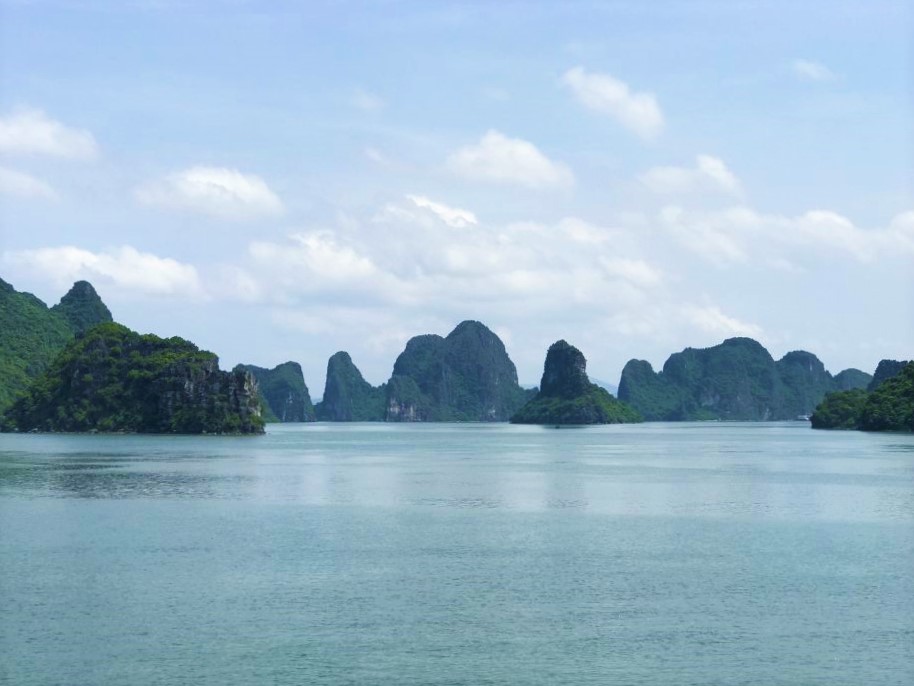
We had a great time cruising around Ha Long on a boat. Along with just cruising, we also enjoyed kayaking, swimming, and squid fishing. It’s an easy day trip from Hanoi, though be sure to stay for multiple nights and fully appreciate the scenery.
Ha Long Bay genuinely is among the most striking landscapes on earth, and well deserving of World Heritage status.
Trang An, Vietnam – A Magnificent UNESCO World Heritage Site
Next is the Trang An Landscape Complex World Heritage Site. Located just outside the city of Ninh Binh, Trang An is a Mixed World Heritage site, important for both cultural and natural reasons. But it’s really the landscape that shines here.
Tràng An Complex is just magical, with small rivers and streams meandering through rice fields under the astonishing karst mountains. The ones here aren’t as dramatic as those in Ha Long Bay, but they’re still very impressive.
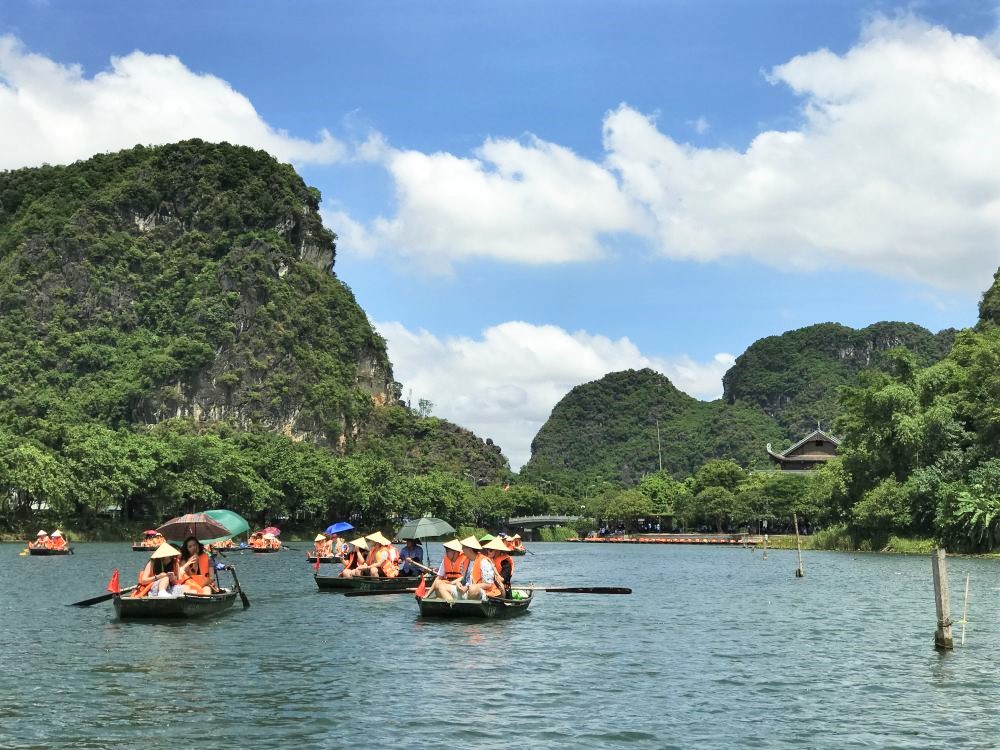
Be sure to take a Trang An boat tour, where your boat ducks in and out of caves underneath the towering karst mountains. You’ll also spot monkeys and other animals up in the jungle canopy as your little boat glides serenely past.
One advantage of Trang An is that the landscape is dotted with plenty of little things to see. There’s temples, pagodas, caves, and underground rivers, and some of the underground rivers are seriously long. The longest we saw was over three hundred metres! There’s some impressive temples too, and this is where the cultural heritage comes in. Of particular importance is the Tran Temple, dating back some 700 years.
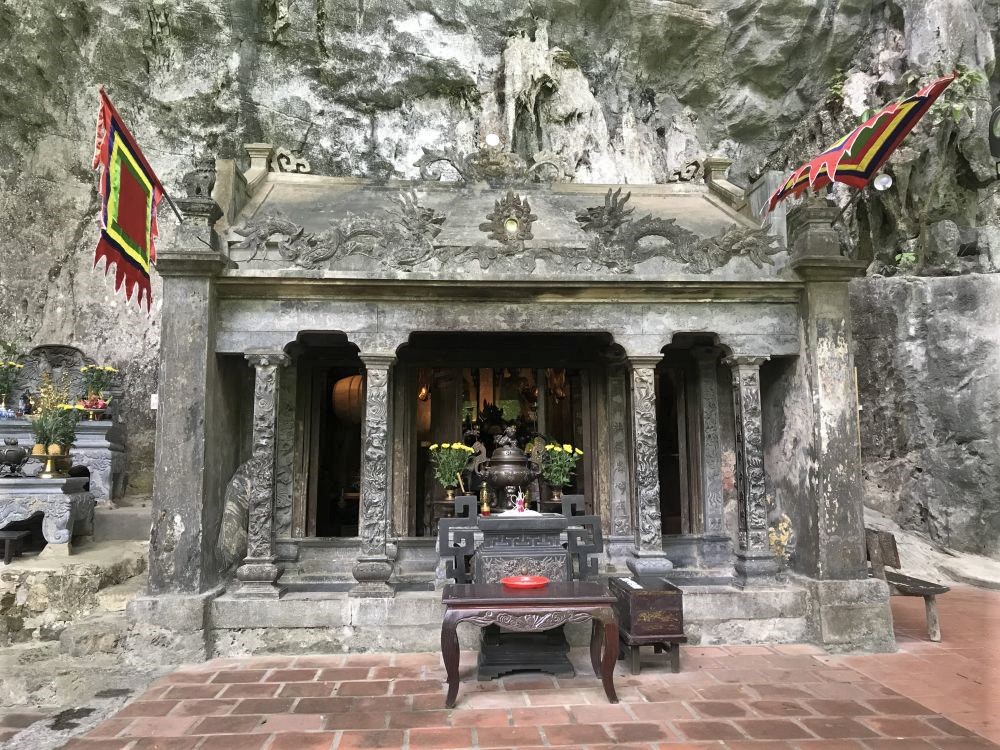
The dolines were also quite spectacular. These are areas that have collapsed and then filled with rainwater. Several of the temples are located in these areas, which is very cool. There’s nothing quite like emerging from a cave into a self-contained lake at the bottom of a doline!
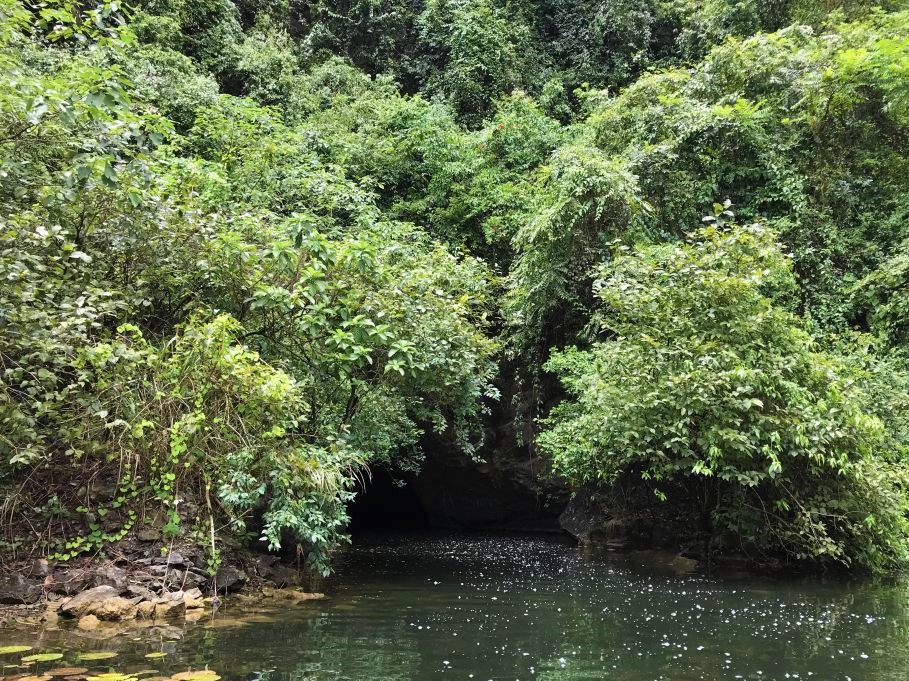
It’s definitely one of the best things to do in Ninh Binh, and should be top of your list for what to see in Ninh Binh. It’s an absolute must-stop on your way from Hanoi to Ninh Binh.
Citadel of the Ho Dynasty – World Heritage Sites in Vietnam
Next of the World Heritage Sites in Vietnam is the Citadel of the Ho Dynasty. It’s located in the Vĩnh Lộc district of Thanh Hóa province, south-west of Ninh Binh. The citadel here was constructed between around 1400 and 1407, and it was the centrepiece of a new imperial capital.
It was designed according to strict feng shui principles, where walls and gates surrounded the palace, or Forbidden City. This palace was also surrounded by a huge square moat, while the town was encircled by a large earthen wall.
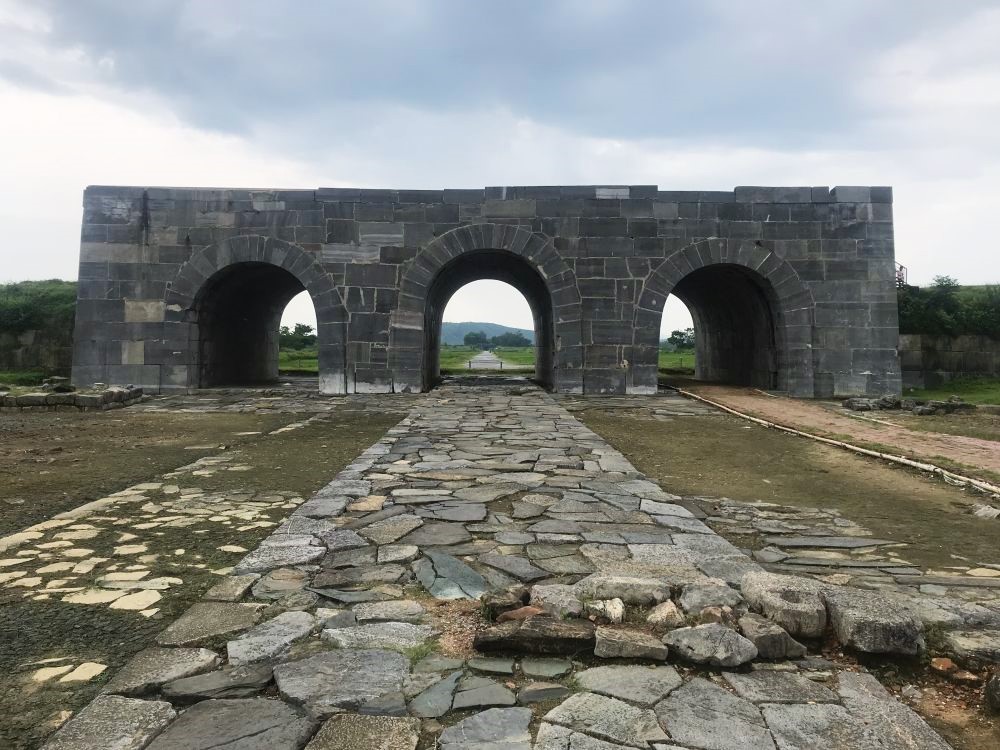
One fascinating detail here is the stonework. You can see that it’s constructed with enormous limestone blocks, stuck together with no mortar or cracks. The reason for this is simple: the capital was moved here to keep the emperor safe from Chinese encroachment, and of course the Chinese during this era had access to history’s greatest siege weapon: gunpowder.
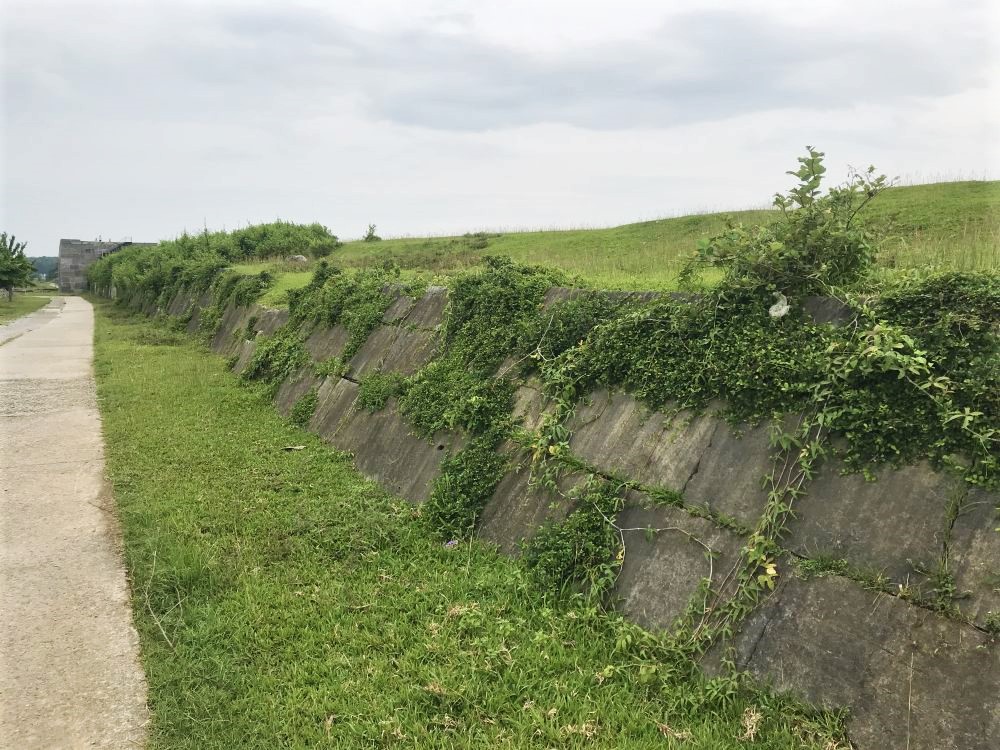
Unfortunately for modern visitors, there’s not much left of the Ho Dynasty Citadel itself aside from the gates and some of the walls. On the inside, where you might expect to find some ruins or even some archaeologists digging, there’s nothing except rice paddies and palm trees!
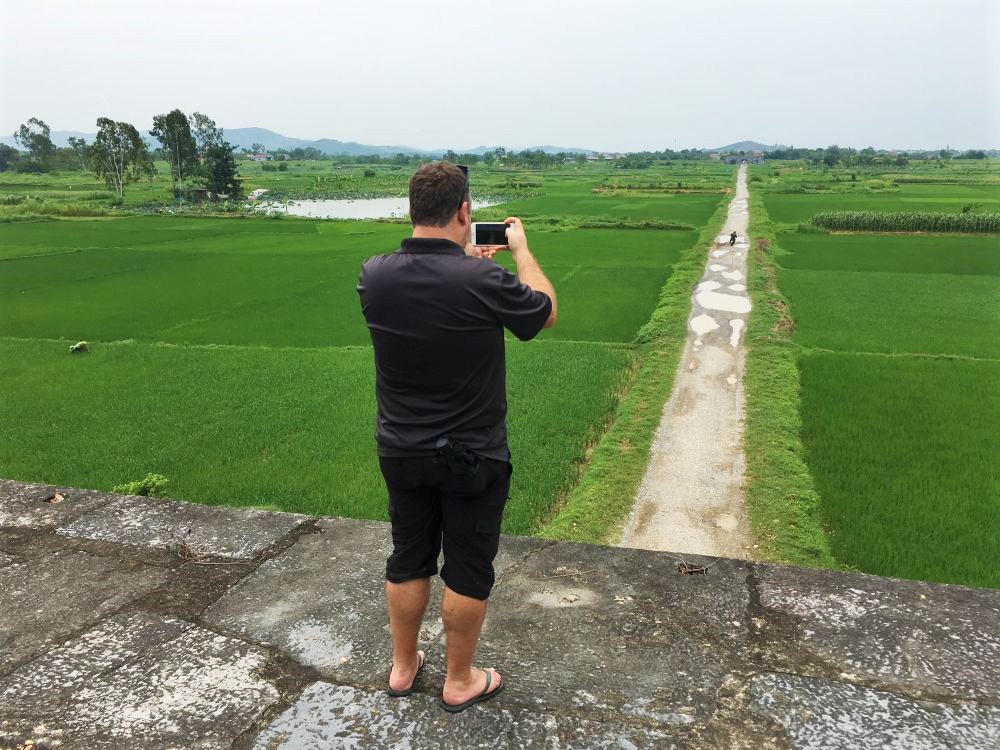
The only place with actual ruins is at nearby Nam Giao altar. This was a religious site located in a straight line down the royal road from the main gate of the citadel, and is where the emperor would come to pray.
Ultimately, the Citadel of Ho Dynasty was only used for a few years before the capital moved even further south to Hue. So it’s not overly surprising that little has survived.
Complex of Hue Monuments – World Heritage Sites in Vietnam
Hue (pronounced HWay) in central Vietnam is home to the next World Heritage Site in Vietnam. The Complex of Hue Monuments covers several spots around the city, including both the large ancient city and several royal tombs. However, the highlight here is the imposing and beautiful Hue Citadel. It was constructed in the early 18th century after the capital had been moved south from Hanoi, and became the last Imperial Capital of Vietnam.
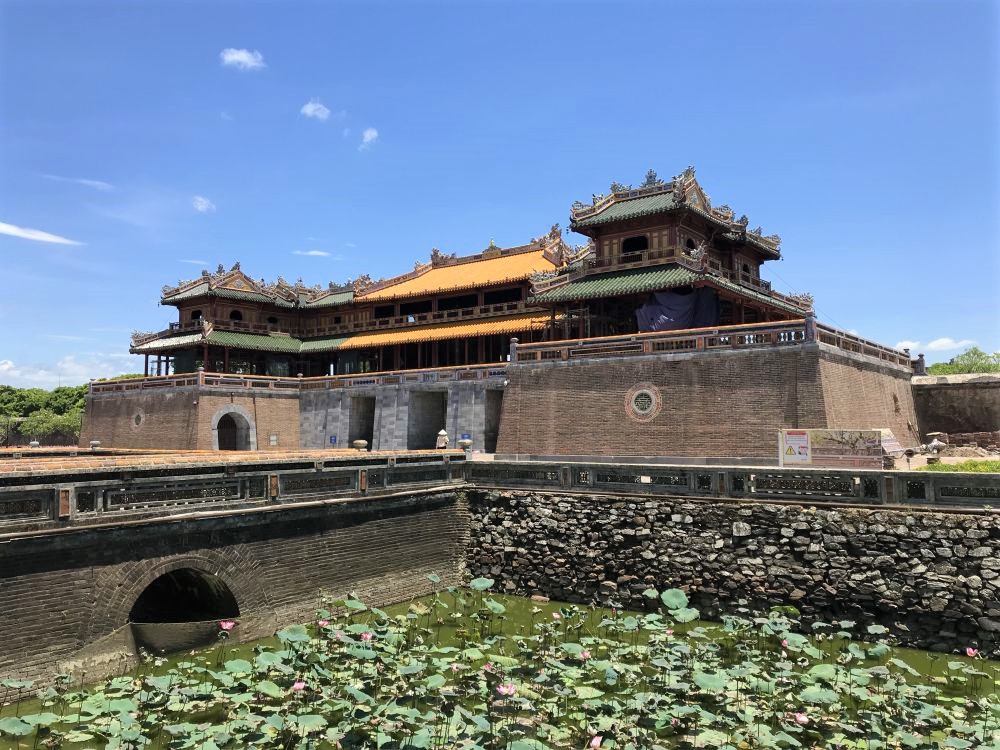
The first part of the citadel you encounter is the imposing Noon Gate, looming over a parade square. Here, the emperor would view parades and grant honours to new civil servants (mandarins) entering his administration. Like with other imperial gateways in Vietnam, the centre archway was reserved for the emperor’s exclusive use. His family, courtiers, and assistants had to use other entrances, depending on their rank.
The Imperial Citadel, Hue is much more recent than other World Heritage Citadels in Vietnam, so the buildings are excellent condition. However, Hue was the scene of heavy fighting during the War, and 1968’s Tet Offensive saw most of the citadel’s 160 buildings completely destroyed. Even today, large sections inside the citadel are completely empty. So it’s sometimes hard to distinguish original buildings from modern reconstructions.
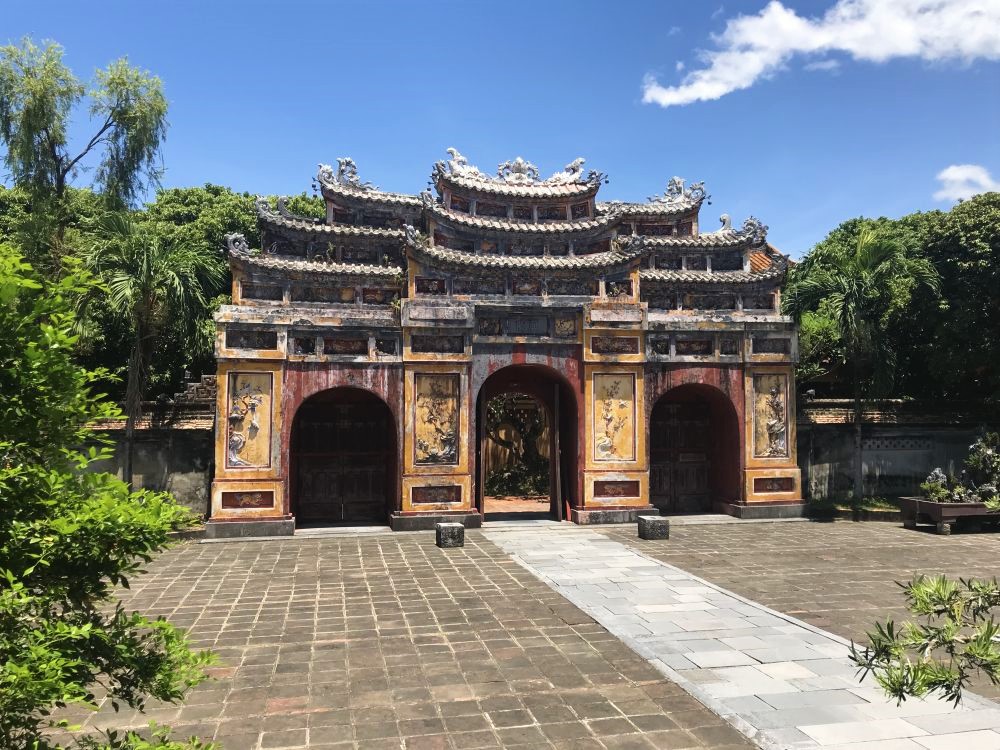
But what you can see here is absolutely magnificent. One highlight is the Hall of Supreme Harmony, last throne room of the Vietnamese emperors. There’s also the Gate of Manifest Benevolence, and the Pavilion of Splendour. Plus several temples, pleasure gardens, and the mandarin buildings for court officials. There’s even a Royal Reading Room!
All of these are decorated in exquisite style, with beautiful classic Vietnamese motifs. Hue World Heritage Site really is one of the treasures of Vietnam.
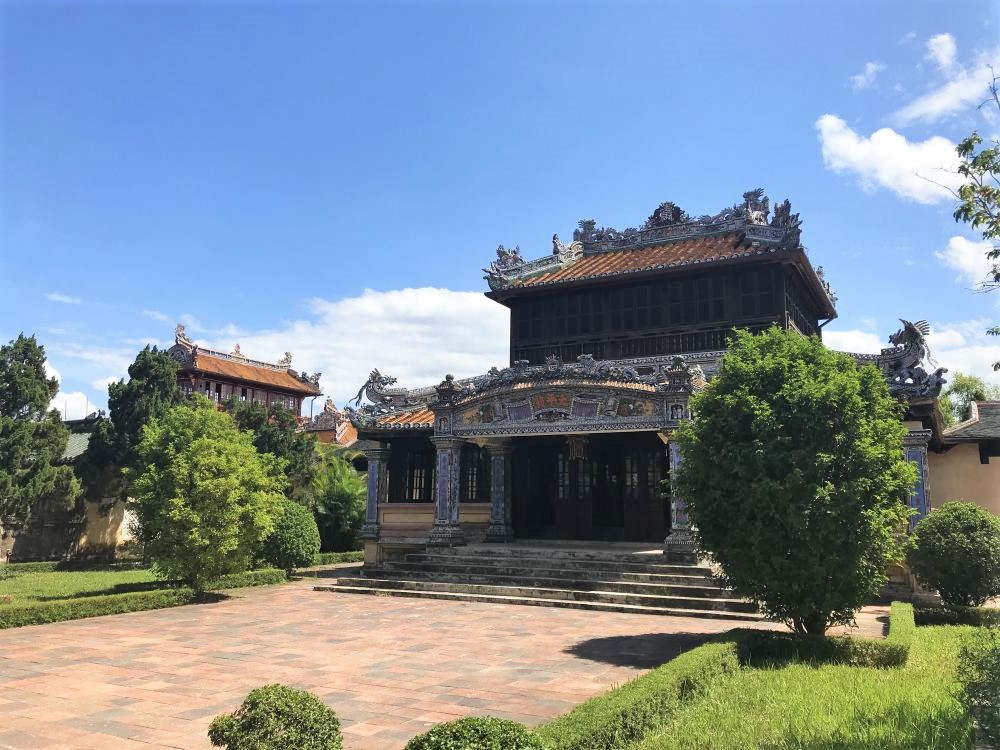
Phong Nha – Ke Bang National Park – World Heritage Sites in Vietnam
The next of our World Heritage sites in Vietnam covers a series of cave complexes in central Vietnam. The whole area of Phong Nha National Park has around 300 different caves, all carved out of the limestone karsts. And they’re absolutely immense!
Many of the caves here still haven’t been explored, and it was only in 2009 that a team of British and Vietnamese cavers discovered Son Doong Cave, now considered to be the world’s largest. There’s also the world’s longest cave river.
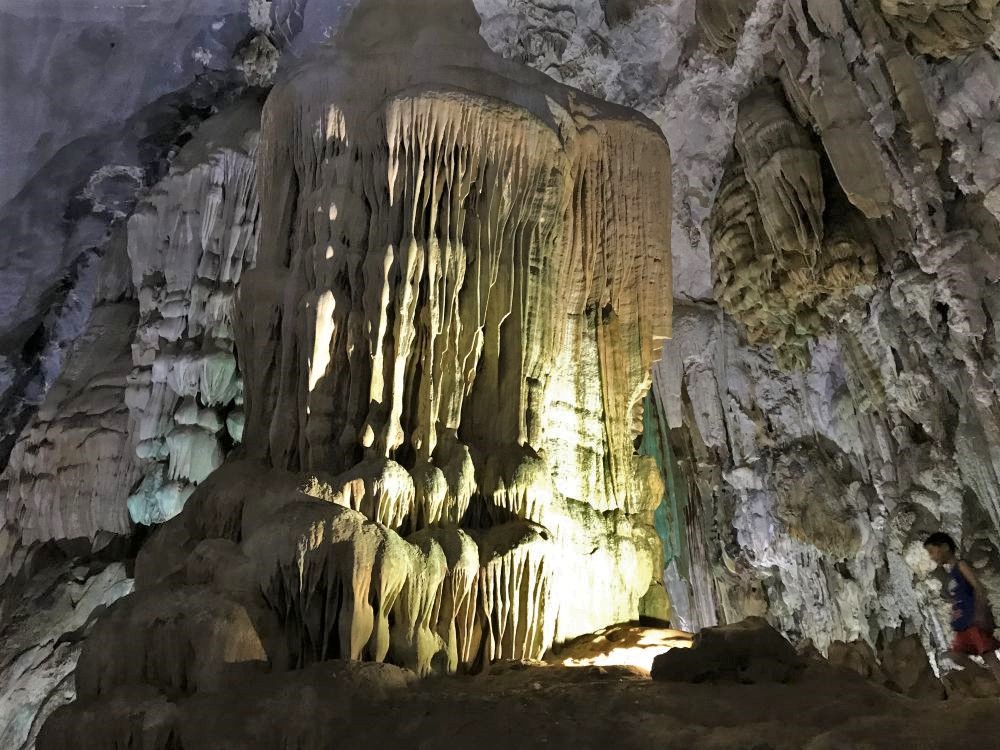
The original and most accessible caves here are Phong Nha Caves. The main cave here is almost 8 kilometres long, and the underground river stretches for a staggering 14 kilometres.
Taking a tour makes for a fantastic hour of drifting through the cave in a small rowboat, enjoying the incredible stalactites, stalagmites, and other glittering limestone formations. It’s hard to believe that despite staying in for an hour, the boats only explore the first 1.5 kilometres. That’s about 10% of the total distance of the cave!
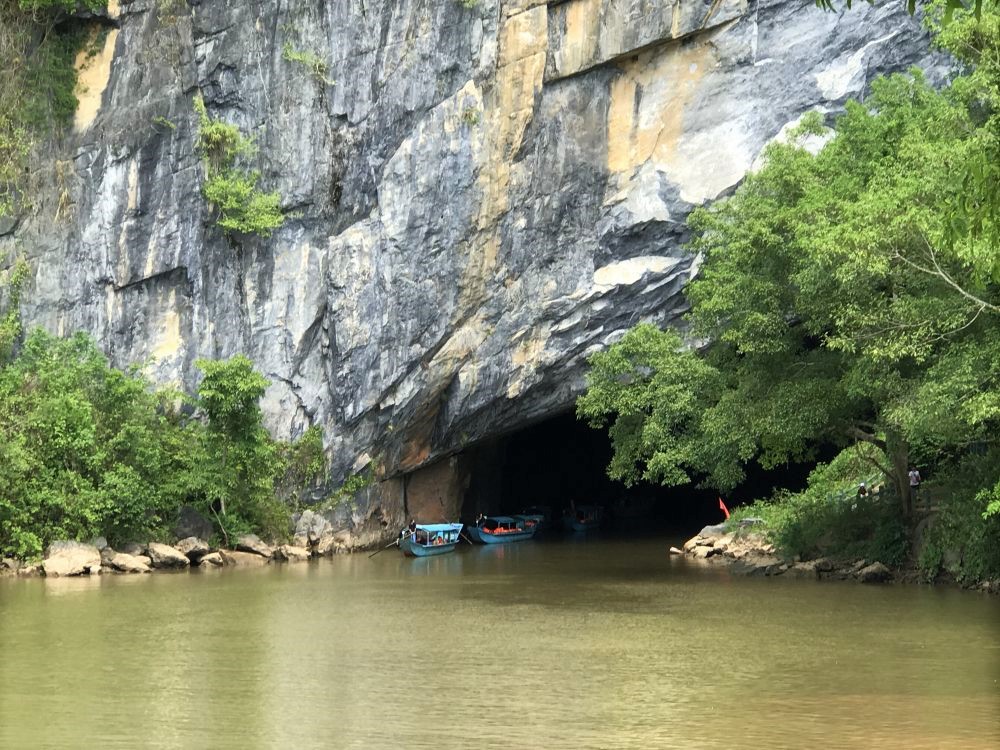
The scale here is really quite staggering too. At some points the ceiling is more than forty metres above the boat! There’s lots of little rock formations as well, with artful lighting to create distinct shapes – though as always, a little imagination is required.
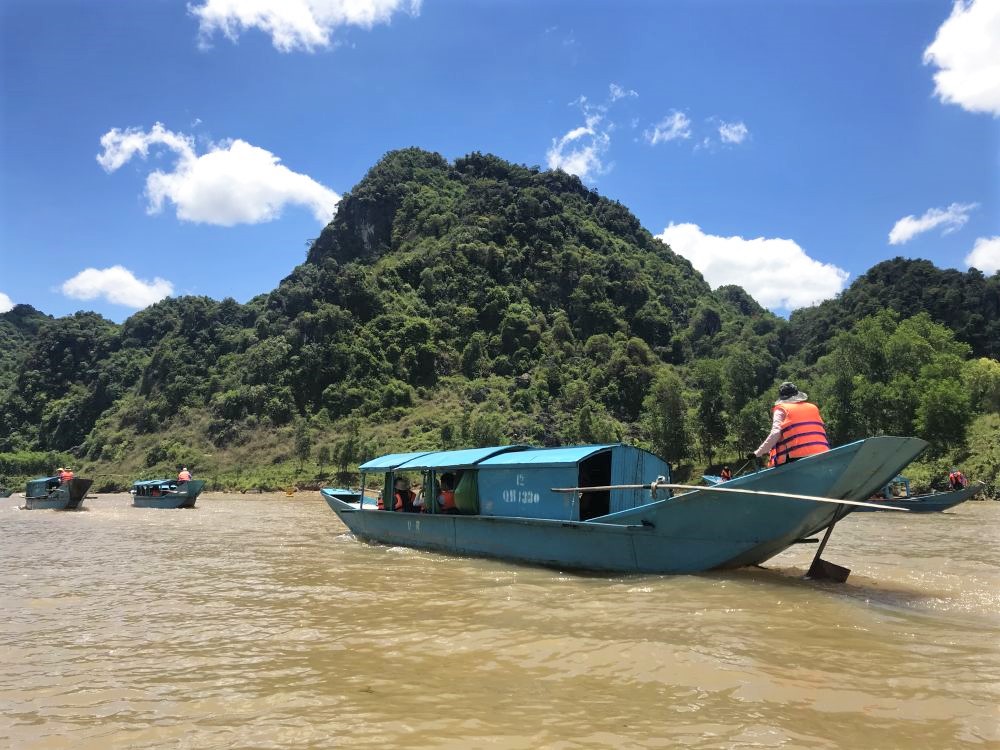
Another highlight is Paradise Cave, just adjacent to Phong Nha Cave. It’s absolutely enormous, and a genuinely awe-inspiring sight. Both caves are highly recommended as things to do in Phong Nha, and should be top of your list for what to see in Phong Nha Vietnam.
Hoi An Ancient Town – World Heritage Sites in Vietnam
Next of the World Heritage Sites in Vietnam is Hoi An Ancient Town. Hoi An (also known as Hoian Ancient Town) sits on an estuary of the Thu Bon river in central Vietnam. It was founded sometime between the 7th and 10th centuries as part of the Champa Kingdom. Hoi An’s strategic location meant it became an important centre of the spice trade during the 16th and 17th centuries.
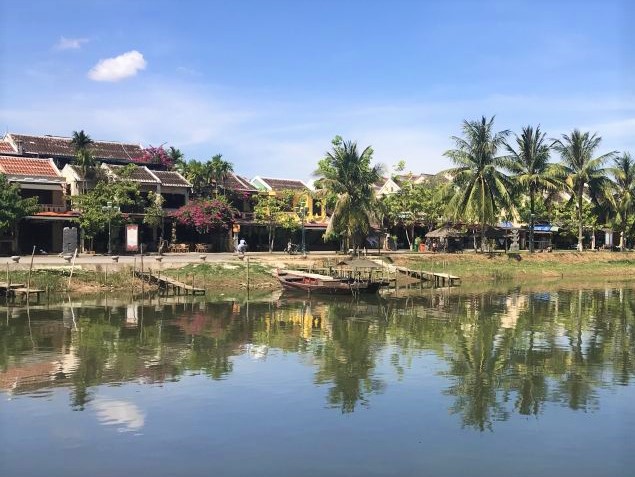
Traders came from as far away as China, Japan and India, while Dutch and Portuguese merchants also visited. Trade was rich in silks, ceramics, and of course spices. But by the 18th century, changing political situations and the river silting up saw most trading move to nearby Da Nang. Sadly, Hoi An became largely forgotten.
These days, many of the old buildings in Hoi An old town still stand. They’re painted in an attractive bright yellow, and festooned with paper lanterns. Combined with local flowering trees, ancient town Hoi An is a lovely place that attracts thousands of tourists every day. Wandering around, you can still feel the old trading atmosphere too, as every shop sells some sort of local product or delicacy.
The centrepiece of the Hoi An World Heritage Site is the Japanese Covered Bridge. It links the main river island across to “Japanese Town”, where many Japanese merchants had houses and shops.
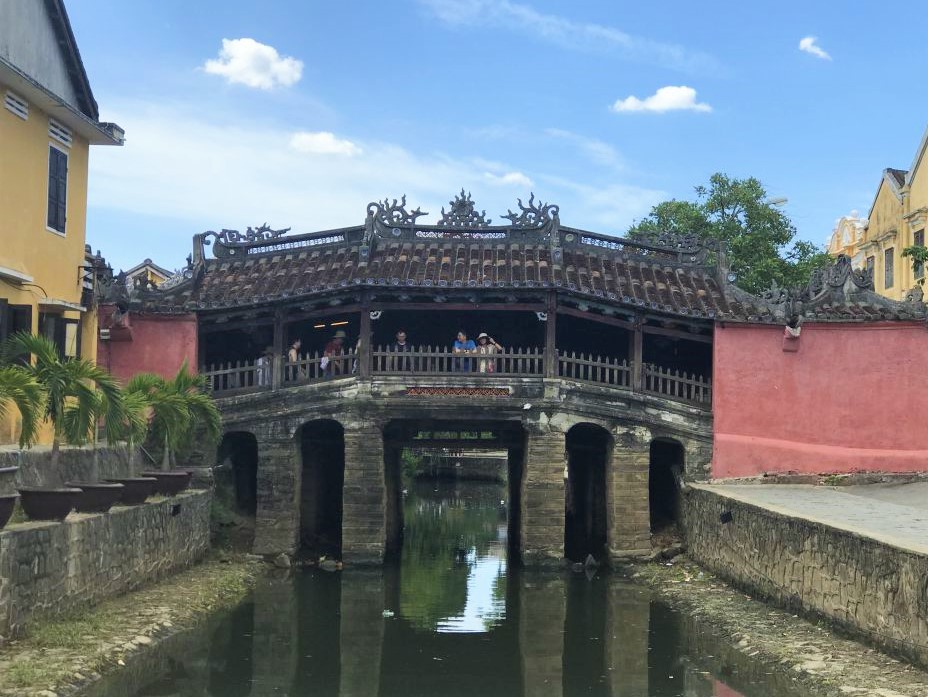
Another highlight is Phuc Kien Assembly Hall. It was built by Chinese traders from Fujian province in the 1690s. The Hall is a marvellous example of Chinese architecture, complete with ornate decorations, dragon statues on the roof, spirit and animal temples, beautiful sculptures and much more.
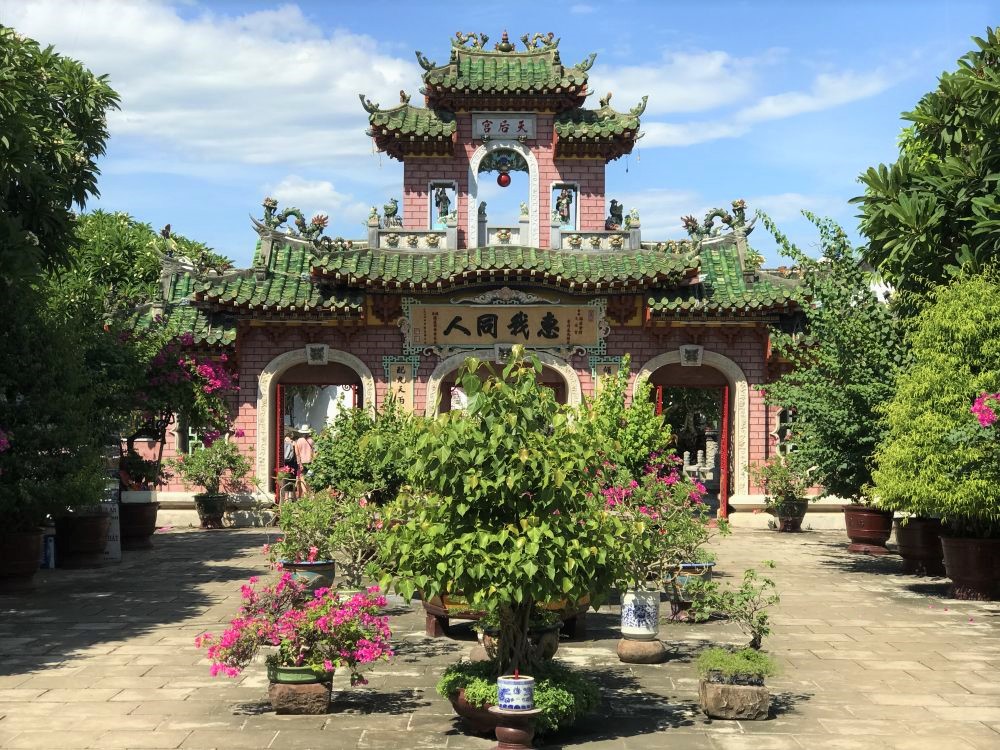
There’s so much to do here in old town Hoi An, and this is just a sample of what to do see in Hoi An.
My Son Sanctuary – UNESCO Site Vietnam
Next up is the My Son Sanctuary, Vietnam, located about an hour’s drive west of Hoi An. Officially pronounced Mee Sen, the My Son temple complex was built by the Champa Kingdom. The Champa ruled for centuries over southern and central Vietnam, eastern Laos, and northern Cambodia. Although My Son Sanctuary wasn’t their capital, it was easily their most important temple complex.
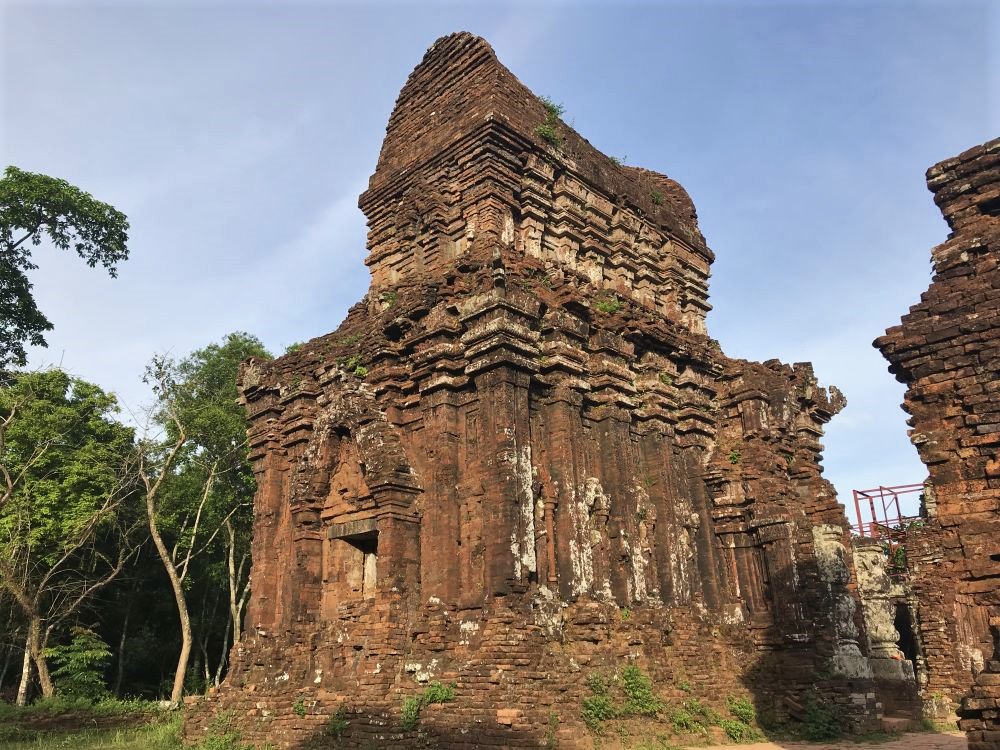
The site was in use from the 4th century to the 14th century, though most of the buildings still visible today at the My Son World Heritage Site are from the 10th century onwards.
Built of locally-made red bricks, the complex contains various buildings associated with Hindu worship. So in addition to temples, there’s also shrines, sanctuaries, hallways and storerooms. Several stones feature detailed inscriptions, which historians have used to piece together the Champa Kingdom’s history.
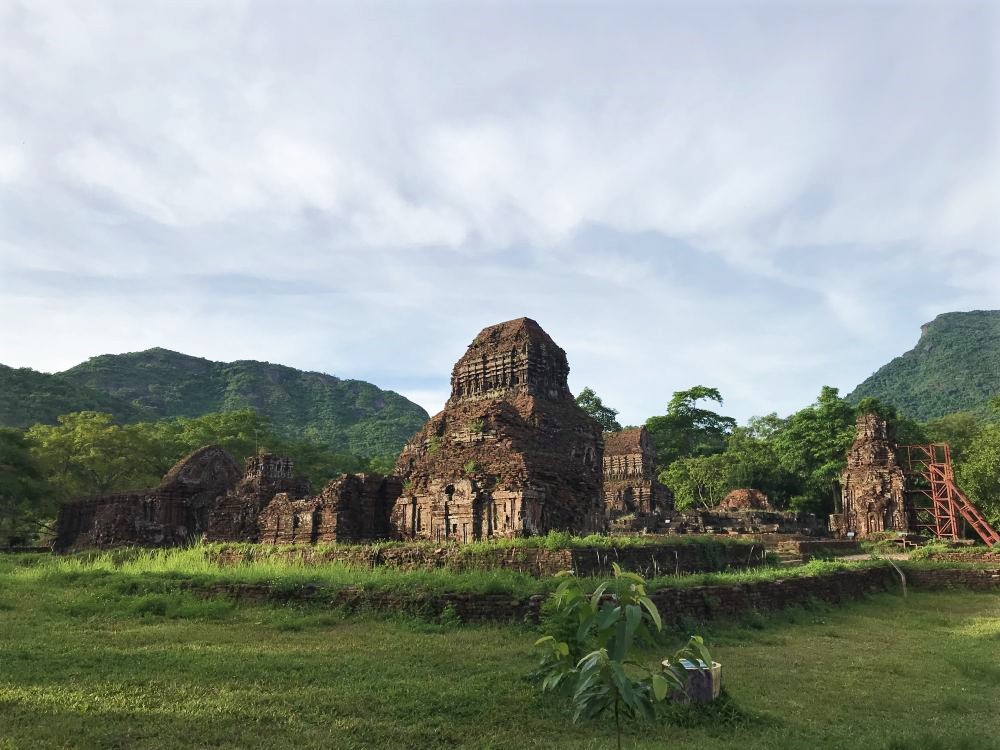
At its peak, My Son Sanctuary housed over 70 temples! It was among Asia’s largest temple complexes, like Angkor Wat, Borobudur, and Bagan. However, the Champa Kingdom slowly lost territory to the Buddhist Viet kingdom in the north. Eventually, My Son fell into disuse and was ultimately overgrown by jungle.
Amazingly, My Son Sanctuary was only rediscovered in 1898 by a party of French soldiers. But sadly it was carpet bombed during the Vietnam War, and these days only a handful of the original 70 temples remain. The site is pock-marked with enormous bomb craters, several buildings are scarred with bullet holes, and other areas are still affected by landmines and off-limits.
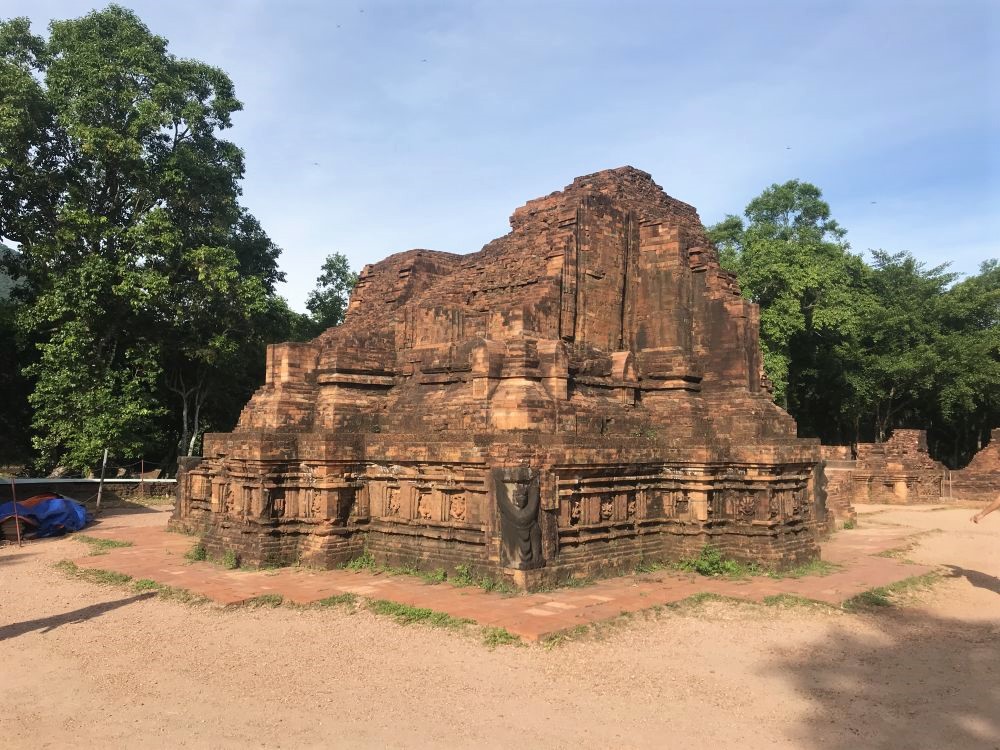
It’s highly recommended to do a My Son Sanctuary tour from Hoi An. It takes half a day, and is a fantastic way to learn about the My Son Santuary history, and the world cultural heritage of My Son. Currently, the My Son Sanctuary entrance fee is 150,000 VND (approx USD $6.50) for foreigners.
Conclusion
That concludes our guide to the World Heritage Sites in Vietnam. You might also be interested in our guide to the World Heritage Sites in Java, Indonesia, or the World Heritage Sites in Delhi.
